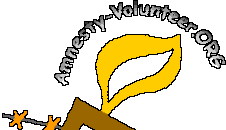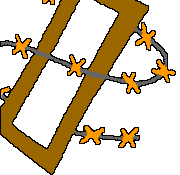
Home | Site Map | Internal | Public Resources | Hosted Groups
 |
Home | Site Map | Internal | Public Resources | Hosted Groups |

|
Amnesty International Campaign ManualINTRODUCTION
"What you do may seem terribly insignificant, but it is terribly important that you do it anyway." Mahatma Gandhi
Amnesty International (AI) began as a campaign in 1961. The newspaper article in the British Observer newspaper that started what has become a worldwide movement was never intended as simply a piece of journalism or research. It was meant to move people to action -- to achieve change. Since then, achieving change through campaigning action has been AI's mission. To build on AI's success, the movement must adapt to the changing environment in which it operates. The apparent certainties of the Cold War world have gone. The framework of international relations continues to change. The processes of protest and social development within societies have also been changing. Underground protest movements have emerged to engage openly with new forms of government. Journalists used to testing the boundaries of official tolerance are experimenting with exploiting the power of public opinion to push for change. Mass protests and industrial action have been supplemented by lobbying, legal action and marketing. Public actions have ceased to be a useful technique in some societies, but are becoming central in others. New technology is opening up new possibilities to those who can access it and realize its potential. Clearly, AI must understand and develop the new ways we can mobilize our communities, other organizations and governments.
Cardinal Beran, one of the first prisoners of conscience adopted by AI, expresses his appreciation for AI's work by lighting the AI candle at a ceremony in Rome in 1967
Amnesty International Campaign Manual
|